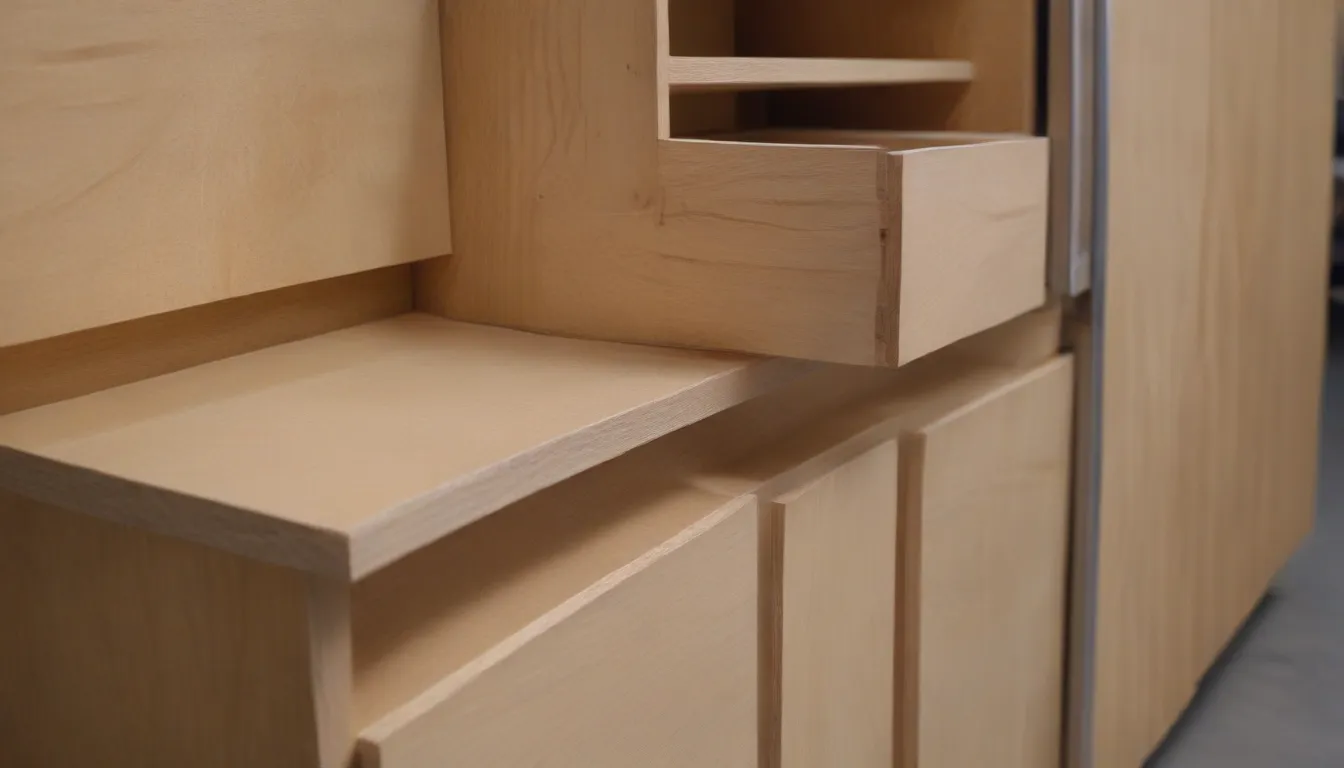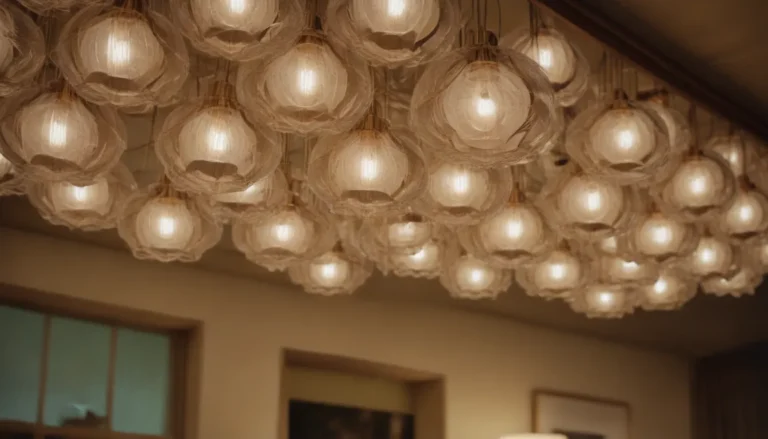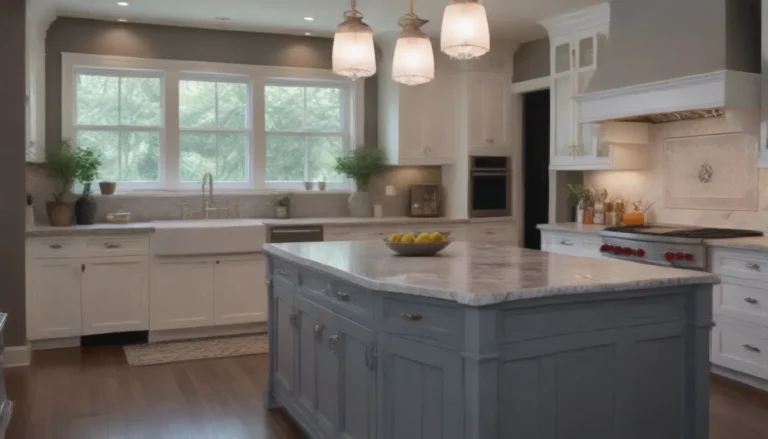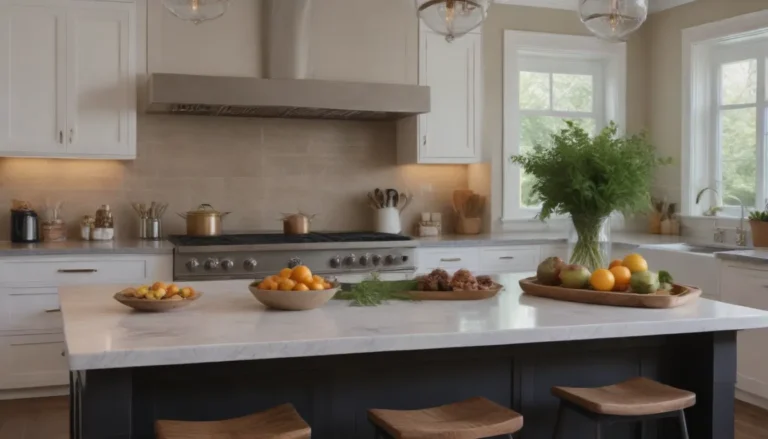Understanding the Differences: Particle Board vs. Plywood Cabinets for Your Kitchen and Bathroom

When it comes to choosing the right cabinets for your kitchen or bathroom, the material used in their construction plays a critical role in their durability and longevity. While the outer appearance of cabinets is what initially catches the eye, understanding the inner structures of particle board and plywood cabinets can help you make an informed decision that best suits your needs.
Exploring Cabinet Construction
Before delving into the differences between particle board and plywood cabinets, it’s essential to understand how cabinets are constructed. Kitchen and bathroom cabinets consist of two main components: the boxes and the fronts. These elements, along with side panels, stiles, and rails, come together to create the functional and aesthetic aspects of the cabinets.
Cabinet Boxes
The foundation of any cabinet system lies in the boxes, which serve as the structural core. Cabinet manufacturers may offer a standard base or wall cabinet box, which can then be customized with various door and drawer fronts based on individual design preferences.
Cabinet Fronts
On the other hand, cabinet fronts are the decorative face of the cabinets that are visible to users. These fronts, such as doors and drawer panels, are often veneered with hardwood species like cherry or oak. Beneath the veneer, plywood or solid wood may be used to provide stability and durability.
Side Panels, Stiles, and Rails
Additional elements like side panels, stiles, and rails contribute to the overall aesthetics of the cabinets. These components may be veneered to match the fronts or made from solid hardwood for framed cabinets, adding both visual appeal and structural integrity.
Particle Board vs. Plywood: A Comparison
When it comes to cabinet construction, the choice between particle board and plywood can significantly impact the quality and performance of the cabinets. Understanding the key differences between these materials can help you make an informed decision.
Particle Board Cabinets
- Inexpensive option for budget-conscious buyers
- Stable if veneered and maintained properly
- Prone to water damage and warping over time
- Heavy material that may be challenging to work with
- Requires replacement if water damage occurs
Particle board, also known as medium-density fiberboard (MDF), offers a cost-effective solution for cabinet construction. While it can be stable under the right conditions, exposure to moisture can lead to irreversible damage. Despite its flat and predictable nature, particle board cabinets may not withstand long-term wear and tear as effectively as plywood cabinets.
Plywood Cabinets
- Strong and durable option for long-lasting cabinets
- Less susceptible to water damage compared to particle board
- Lightweight and easy to handle during installation
- Holds fasteners securely for lasting stability
- More expensive than particle board but offers superior quality
Plywood cabinets are renowned for their strength, durability, and resistance to water damage. Cabinet-grade plywood, specifically designed for cabinet construction, provides a reliable foundation for cabinets that can withstand daily use and environmental factors. While plywood may come at a higher cost, its superior quality and longevity make it a worthwhile investment for homeowners.
Considerations for Cabinet Costs and Availability
Apart from material quality, factors such as cost and availability can influence your decision between particle board and plywood cabinets.
- Cost: Particle board cabinets are generally more affordable than plywood cabinets, offering a budget-friendly option for those looking to save on expenses. However, plywood cabinets, while pricier, provide greater durability and longevity.
- Availability: Particle board cabinets are more readily available at home centers, making them a convenient choice for quick installations. On the other hand, plywood cabinets may be harder to find off-the-shelf, requiring special orders or purchases from specific retailers like IKEA or online RTA cabinet providers.
While plywood cabinets are often preferred for their quality and durability, particle board cabinets can serve as a suitable alternative for those with budget constraints or limited availability of plywood options.
Choosing Between Particle Board and Plywood Construction
Ultimately, the decision between particle board and plywood cabinets boils down to your specific needs and priorities. Here are a few considerations to help you make an informed choice:
- Quality: Plywood cabinets offer superior strength and longevity compared to particle board cabinets, making them a reliable choice for long-term use.
- Budget: If cost is a primary concern, particle board cabinets provide a more affordable option without compromising on functionality.
- Moisture Resistance: For areas prone to moisture exposure, plywood cabinets are a better choice due to their resistance to water damage.
- Availability: Consider the availability of plywood vs. particle board cabinets in your area and choose based on convenience and accessibility.
By weighing these factors and considering your unique requirements, you can determine whether particle board or plywood cabinets are the right fit for your kitchen or bathroom renovation project.
In conclusion, while both particle board and plywood cabinets have their advantages and limitations, understanding their differences can help you make an informed decision that aligns with your preferences and budget. Whether you opt for the affordability of particle board or the durability of plywood, choosing the right cabinets will enhance the functionality and aesthetics of your living spaces for years to come.





